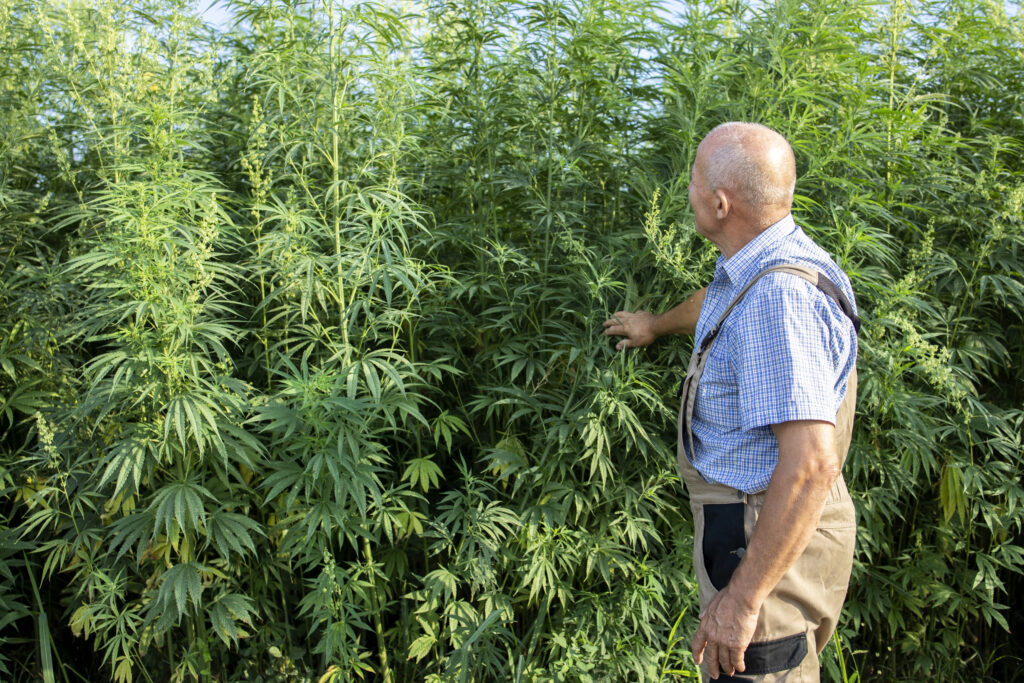Industrial hemp can contribute to mitigating climate change through various mechanisms. Here are some ways in which it can have a positive impact:
Carbon Sequestration: Hemp is a fast-growing plant that absorbs significant amounts of carbon dioxide (CO2) from the atmosphere during its growth. The process of photosynthesis allows hemp to convert CO2 into biomass, thereby sequestering carbon. When hemp is used for various applications, such as construction materials or biofuels, the stored carbon remains locked away.
Soil Health: Hemp has deep root systems that can improve soil structure and promote soil health. This, in turn, enhances the soil’s ability to sequester carbon and reduces the risk of soil erosion. Healthy soils also support increased agricultural productivity and resilience.
Crop Rotation and Biodiversity: Hemp can be integrated into crop rotation systems, reducing the need for monoculture farming. Crop rotation helps prevent soil degradation, pest buildup, and nutrient depletion. By enhancing biodiversity in agricultural systems, the overall ecosystem health is improved.
Reduced Chemical Usage: Hemp is known for its pest-resistant properties, reducing the need for synthetic pesticides and herbicides. This can lead to a decrease in chemical usage in agriculture, which can have positive effects on ecosystems, water quality, and overall environmental health.
Versatile Applications: Industrial hemp has a wide range of applications, including textiles, construction materials, paper, bioplastics, and biofuels. When used as alternatives to resource-intensive materials, these hemp-based products can reduce the carbon footprint associated with traditional industries.
Carbon-Neutral Energy Source: Hemp can be used to produce biofuels such as hemp biodiesel and hemp ethanol. These biofuels are considered carbon-neutral because the CO2 emitted during combustion is roughly equal to the amount of CO2 the hemp plants absorbed during their growth. This is in contrast to fossil fuels that release carbon that was sequestered millions of years ago.
Low Water and Chemical Requirements: Hemp generally requires less water compared to other crops like cotton. Additionally, as mentioned earlier, its natural resistance to pests can lead to reduced chemical usage in farming.
Hempcrete for Construction: Hemp can be used to make a sustainable building material known as hempcrete. Hempcrete is a mixture of hemp hurd (the woody inner core of the hemp plant) and lime binder. It is a lightweight, insulating, and carbon-negative material that can replace traditional concrete in construction, significantly reducing the carbon emissions associated with the building industry.

Jeff is founder of Terra Vida Academy and has been actively involved in protecting nature for over 35 years.




